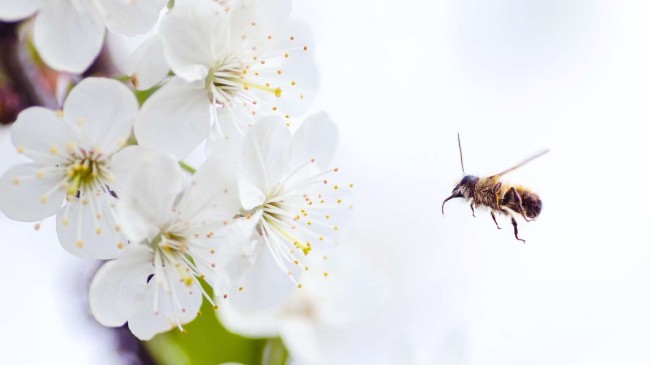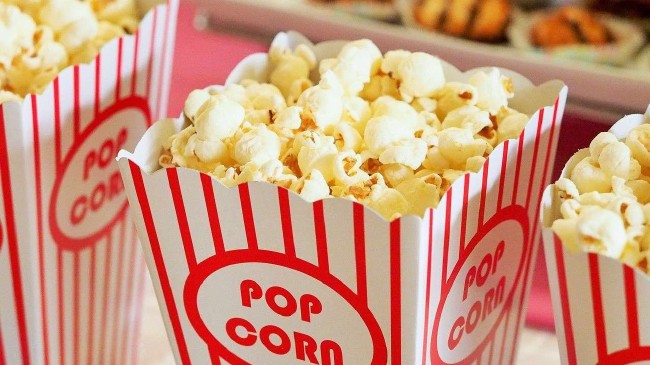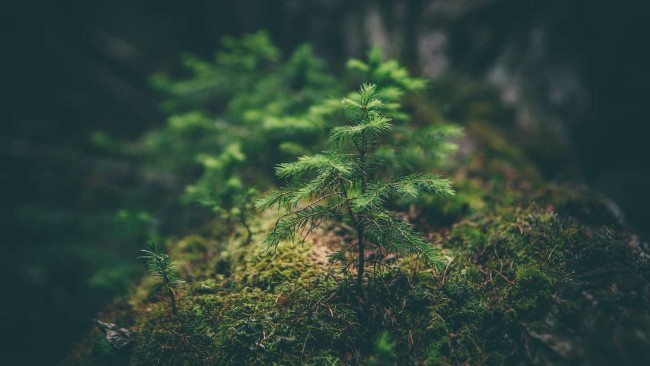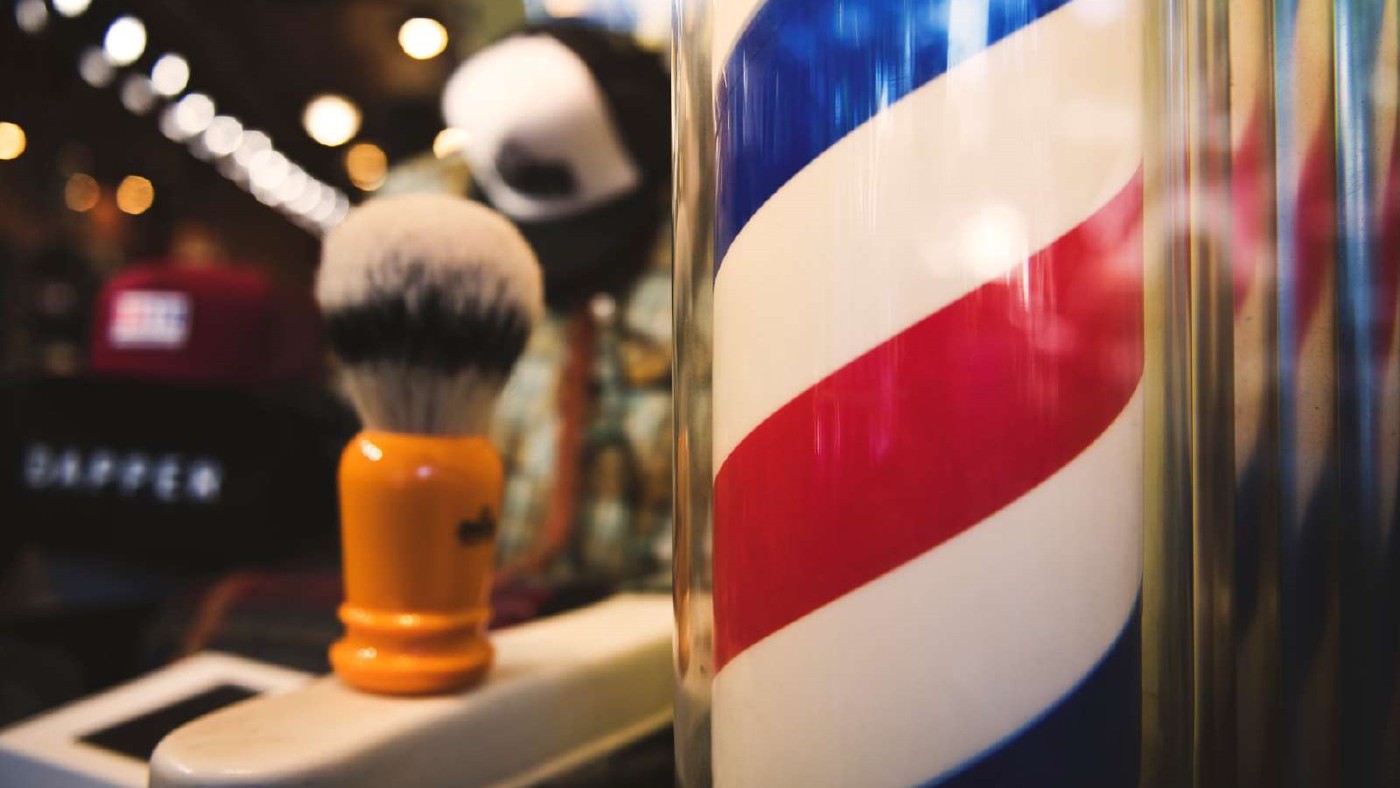
🧱 Barbershops and LEGO
Benvenuto 👋 Did you know? A song stuck in your brain is actually a mechanism to strengthen your memory. We could use it to create music-based therapy to treat dementia or other neurological disorders.
📈 Social Impact Trends
🌱 70% of consumers consider sustainability a significant buying argument.
However, lip service is not enough. Customers demand concrete efforts towards sustainable products and services that have to be baked into companies’ business strategies. Moving forward, businesses will have to succeed in sustainability at the risk of becoming obsolete.
🎨 The creative economy is one of the most rapidly expanding sectors worldwide.
Women, youth and BIPOC are driving this economy, addressing pressing issues from climate change to diversity, equity and inclusion. As such, this sector is a “powerful force for good” and could become a key target for impact investors in the years to come.
🪒 The Barbers Who Are Addressing Mental Health Issues
A relationship between a barber and their clients can be special, almost like a family bond. If you watched the amazing TV show “New Amsterdam,” you might already be familiar with the initiative we’ll present now 😊
Lorenzo Lewis wanted to leverage this relationship and founded the Confess Project. As part of this project, he opened the first mental health barbershop in the US. The idea is to train barbers to be mental health advocates and pick up on signs of when their clients are going through rough patches.
Engaging in a conversation and providing support can go a long way towards building a positive culture for young men of colour, boys and their families, and changing assumptions about mental health.
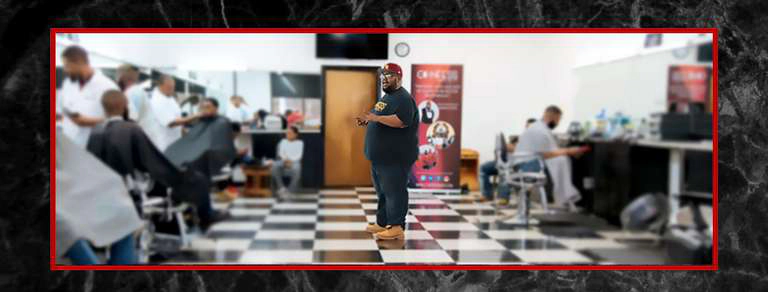
90% of the clients involved in this project indicated they would rather receive therapy through their barbershop than go into a therapy clinic. To be fair, if you get mental health support from trained people and a rad haircut on top of it, it’s a pretty sweet combo 😎
Tens of millions of people struggle with mental health in the US, so this movement has naturally reached virtually every part of the country. Their goal is to train 1,000 barbers by the end of the year.
Mental health doesn’t have to be taboo. Initiatives like this are essential, and we hope that we will find other innovative ways to support our amazing youth and help it thrive.
🧱 The Grandmother Who Builds Wheelchair Ramps From LEGO Bricks
Since LEGO introduced its little bricks to the world, they have never ceased to amaze and spark creativity among kids and adults.
Rita Ebel is a 62-years old grandmother using LEGO bricks to build wheelchair ramps in her German hometown of Hanau. For each ramp, she uses several hundreds of bricks, stuck together with up to eight tubes of glue. Given how hard it can be to separate the bricks from each other (we have sore fingers just thinking about it), you can imagine how solid the ramps are with all this glue.
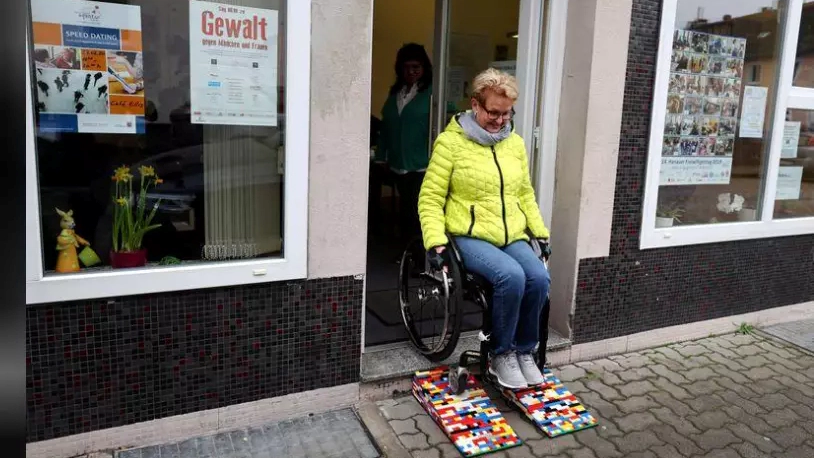
Rita has been in a wheelchair since a car accident 25 years ago, and she was excited to witness the positive reactions around her creations. In addition to their utilitarian value, they bring a joyful atmosphere into this small town.
Businesses are thrilled to set them up as people who use a wheelchair can see that the shop is accessible from afar. Also, the colourful tiny bricks attract people of all ages, who never miss a chance to take pictures.
Rita’s idea has sparked interest worldwide, and she has sent ramp building instructions to Austria and Switzerland. She is also in contact with a school in the United States and people from Spain.
Thanks to her imagination, some plastic bricks and a lot of glue, she managed to tackle an issue that she was facing directly while raising awareness about accessibility. We’re all for it 💗
🎯 The Pick
Eva Dawn Burk, a graduate student at the University of Alaska Fairbanks, is developing a grassroots project to build biomass-heated greenhouses in rural Native villages in Alaska. Her goal is to produce fresh food all year long while providing local jobs and mitigating wildfire risks.
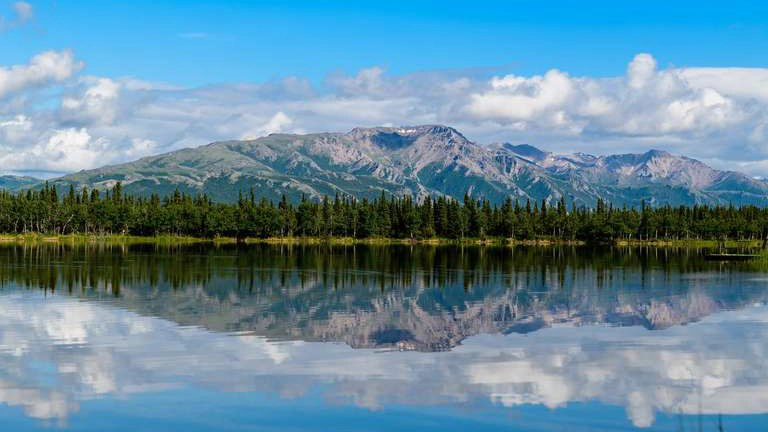
Why does it matter? Food insecurity is a key issue for Alaska Natives. Their traditional sources of food (e.g. salmon or moose) are being threatened by climate change, and most of these communities are only accessible by plane or boat, which prevents them from getting fresh produce readily.
Through a systemic approach including a network of community gardens and greenhouses, training and partnerships with local farmers, Eva is hoping to bring food sovereignty to her community 🙌
🌍 Meanwhile, Worldwide…
🤖 After 3 years of research and testing, LEGO has announced starting to use recycled plastic bottles to create their bricks. Their goal is to have all bricks made from sustainable materials by 2030. Let’s rebuild the world sustainably!
🍲 Louise Williamson, a South African entrepreneur, designed a stove that could allow 12,000 schools cooking on open fires daily to feed their 9 million students while consuming half of the wood and reducing the emitted smoke significantly.
⚽ The potato chip company Lay’s is building community football fields out of recycled potato chip bags. The idea is to pursue sustainability and engage youth in sports and other healthy activities. Eat chips, help kids 😅
🛰 The European Space Agency (ESA) is currently experimenting with a satellite… made from plywood! Unlike regular carbon fibre-based satellites, the “WISA Woodsat” will entirely burn up upon re-entry to Earth and prevent toxic substances from being released.
🐒 A team of international lawyers has drafted a law that would consider ecocide (i.e. “an act committed with knowledge that there is a substantial likelihood of long-term damage to the environment”) as an international crime (just like war crimes or crimes against humanity). Let’s hope nations will adopt this law 🤞
🗺 Hindou Oumarou Ibrahim, an environmental activist and geographer from Chad, is leveraging Indigenous people’s knowledge using participatory three-dimensional modelling to map natural resources and prevent climate conflicts in the Sahel. Combining technology with tradition to have a positive impact on communities is super inspiring.
😍 Wholesomeness
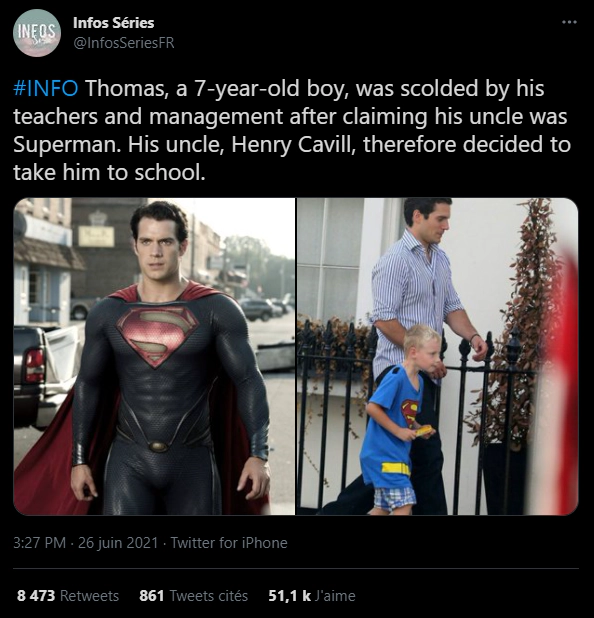
That’s a wrap. If you enjoyed this newsletter, please share it with your friends.
For any feedback, reach out and drop a comment here or on our social media platforms :-)
Thank you so much for your support 💗 Have an amazing week ahead!
Related Posts
🐝 Earthquake-Proof Houses and Bees
Did you know? Returning land to native tribes improves biodiversity thanks to their centuries-old knowledge of these ecosystems and the infinite respect they have for them.
🌽 Using Popcorn as Shipping Material and Extracting Lithium from Seawater
Did you know? Companies with a social purpose outperform profit-only ones by 134% in the stock market 📈💰
🌱 Turning Face Masks Into Trees and Cleaning up the Ocean
Good morning 👋 Saturday was World Environment Day! For the occasion, we learned that we throw away 2.12 billion tons of waste every year and discovered fantastic initiatives trying to change that.
